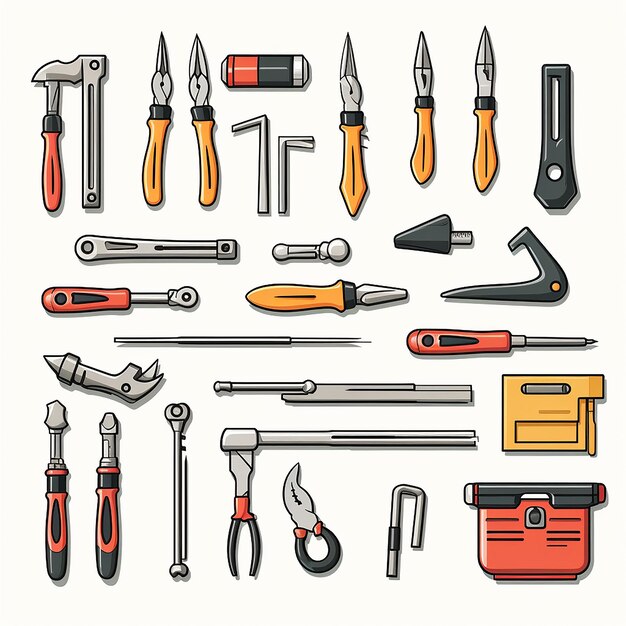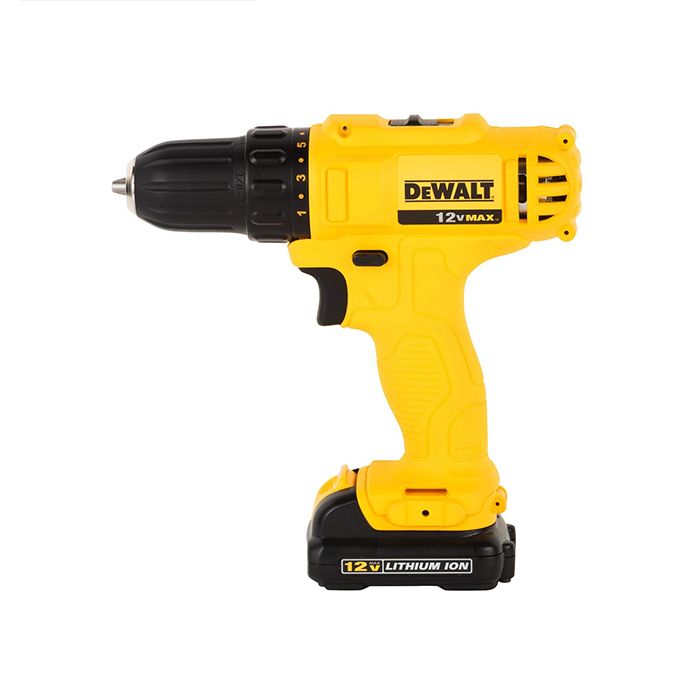
Simple Tools to Lift Heavy Objects Effortlessly
Plan Before You Lift
To lift heavy objects with less effort and risk, planning is key. How to lift heavy objects with simple tools?Here’s how to prepare for a smooth lifting experience.
Assess the Object and Determine the Best Strategy
Before touching any heavy item, take a moment to study it. Determine its shape, size, and weight. Ask yourself: ‘Can I handle this alone?’ or ‘Do I need help?’ Remember, using simple tools can make a big difference. Tools like sliders, dollies, and lifting straps can assist in lifting and lower the strain on your body. If the load is uneven, make sure to find the center of gravity. This ensures a balanced lift and reduces the chance of a sudden shift causing injury.
Measure Spaces and Pathways
Don’t start moving the object without knowing its path. Measure the doorways, hallways, and any tight corners. This saves time and helps avoid unexpected obstacles. If the object won’t fit, look for alternative pathways. Remove any obstacles that might be in the way to ensure a clear path. This step not only protects your belongings but also helps prevent injuries from tripping or straining while maneuvering the object through tight spaces.

Dismantling for Easier Handling
When preparing to lift heavy objects, dismantling can make the task much simpler. How to lift heavy objects with simple tools? Taking apart your furniture or equipment reduces the weight and makes handling easier. Here are steps on how to effectively dismantle items for easier moving.
Remove Drawers and Detachable Parts
Start by removing any drawers or detachable parts from furniture. This lightens the load significantly. For desks and dressers, pull out drawers. If they’re full, empty them first. It’s safer and it prevents contents from spilling. For other items, look for parts that you can take off without much effort. These might include shelves, doors, or feet from sofas and tables.
Secure Removable Elements
Once you’ve removed parts, it’s important to secure them. Use strong tape to keep doors and drawers from swinging open. Wrap screws and bolts in a small bag and tape it to the piece they belong to. This avoids losing small parts and allows easy reassembly. These simple steps ensure smooth transport and prevent damage during the move.
Protective Measures to Safeguard Belongings
When moving heavy items, keeping them safe is crucial. Protection prevents scratches, dents, or breaks. Use simple tools to shield your items.
Use Bubble Wrap and Furniture Blankets
Wrap your objects with bubble wrap for cushioning. This helps absorb shocks during the move. Furniture blankets also add a thick protective layer. Make sure wraps and blankets fit snugly. Secure them with tape to prevent slipping off.
Create Barriers to Prevent Damage
Surround your belongings with barriers when moving. These can include soft materials like towels or cardboard. They act as buffers between your stuff and walls or door frames. This step lowers the risk of damage if an item slips or tilts.

The Art of Pulling Heavy Items
When faced with the task of moving large, heavy items, pulling them can often be more efficient than lifting. How to lift heavy objects with simple tools?By using the right tools and techniques, you can move heavy objects without straining your back or muscles. Below are strategies for reducing friction and ensuring safe pulling practices.
Choosing the Right Tools to Reduce Friction
To pull heavy objects smoothly, you need to minimize friction between the item and the floor. Tools such as furniture sliders, blankets, or towels can be placed under the object. These tools create a slippery surface, making it easier to pull the item across the floor. For harder surfaces, sliders made of durable plastic work well, while blankets or towels are suitable for delicate flooring to avoid scratches and damage.
Techniques for Safe Pulling
When pulling heavy items, it’s important to use safe techniques to avoid injury and ensure the object’s security:
- Stand with your feet shoulder-width apart for stability.
- Bend your knees slightly, keeping your back straight to prevent strain.
- Grip the tool (such as the edge of a blanket) firmly and pull steadily, avoiding jerky movements.
- Move backwards slowly, step by step, checking the path is clear of obstacles.
- Use your leg muscles to generate force rather than relying solely on your back or arms.
By employing these methods and tools, you’ll be able to move heavy objects with ease while preserving the condition of both the item and your flooring.
Effective Methods to Push Bulky Objects
Pushing heavy items can sometimes be easier than lifting them. Here are techniques that make pushing less taxing on the body.
Using Gliders and Cardboard
Don’t risk harming your floors when pushing heavy furniture. Slide items instead. Place gliders or thick cardboard beneath the object. This creates a slick surface, reducing drag. The object slides more easily without scratching the floor. These tools are affordable and readily available, thus perfect for a quick moving day solution.
Maximizing Leverage with Simple Aids
Use leverage to your advantage. Tools like pry bars raise items slightly, allowing gliders or cardboard to slip underneath. With the object now on a slippery surface, push at a low angle. Keep your back straight and push with your legs. This minimizes effort and strain. Remember, smart work beats hard work when handling bulky objects.

Recruiting Friends and Family
When you’re faced with the challenge of moving heavy objects, recruiting friends and family can be a lifesaver. How to lift heavy objects with simple tools?The presence of additional pairs of hands not only makes the work lighter but also quicker and more enjoyable.
Coordination and Safety Tips
Proper coordination is essential for a smooth operation. Here’s what you can do:
- Communicate Clearly: Assign tasks and communicate plans before starting. Clear directions reduce confusion.
- Safety First: Ensure everyone wears sturdy shoes and uses proper lifting techniques.
- Rotate Roles: To avoid fatigue, switch roles so no one is stuck with the heaviest lifting for long.
Remember, safety is paramount. Always lift with your legs, not your back, and avoid twisting while carrying a load.
The Importance of Team Effort
Team effort multiplies strength and reduces individual strain:
- Shared Load: Distribute the weight evenly among the team.
- Moral Support: Encouragement boosts morale and energy levels.
- Efficiency: Multiple people working together can navigate obstacles and manage tasks faster.
Working in a team can turn a daunting task into an opportunity for bonding while getting the job done effectively.
Utilizing Ramps for Elevation Challenges
When moving heavy items up or down levels, ramps can be a game changer. They offer a simple way to navigate stairs or ledges, reducing the need to lift burdensome loads. Here’s how to effectively use ramps in moving heavy objects.
Building Temporary Ramps
Creating a makeshift ramp is often necessary when a permanent one is not present. Look for sturdy materials like thick plywood or metal sheets. Make sure the ramp is wider than the widest part of the object to be moved. Secure the ramp on the elevation change to prevent slipping. You can use non-slip mats or wedges to keep it in place.
Safe Ramp Usage and Positioning
Correct placement of the ramp is critical for safety and ease of use. The ramp should be at a gentle incline to make pushing or pulling objects manageable. Always test the ramp with a small weight before using it for heavy objects. This ensures it can hold the weight safely. Have helpers guide the object up or down to keep it steady. Remember, teamwork is key when moving heavy items with simple tools.

Leveraging Rollers and Dollies
Rollers and dollies can be your best friends when moving heavy objects. They offer a way to transfer the weight of your furniture or equipment onto wheels, making movement much easier. Here are some insights into how to make the best use of these simple tools.
Selecting Appropriate Rollers for Different Terrains
Choosing the right rollers is crucial. Different surfaces need different types of rollers:
- For smooth, hard surfaces like concrete, hard rubber rollers work best.
- On softer grounds, like carpet, wide-set, heavy-duty casters reduce indentation and make pushing easier.
- When dealing with uneven terrains, inflatables can navigate bumps without jarring the load.
Always check the weight rating of the rollers to ensure they can handle the load safely. Overburdening rollers can cause damage to both the load and the floor.
The Benefits of Stair-Climbing Dollies
Stair-climbing dollies can be a game-changer for moves involving stairs. They come equipped with mechanisms designed specifically for steps. Here’s why they are beneficial:
- They reduce the need to lift, lowering the risk of back strain.
- Their tri-wheel design helps navigate stairs smoothly.
- They offer stability, making the heavy object less likely to slip off.
- By using them, you can move larger items by yourself or with minimal help.
Investing in a stair-climbing dolly saves time and protects you and your belongings during a move. Getting heavy objects up or down stairs no longer has to be a dread-inducing challenge with the right tools at hand.

